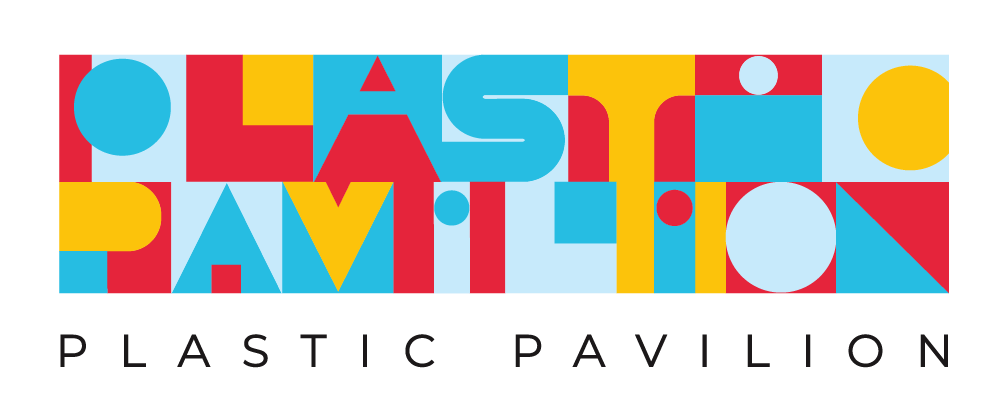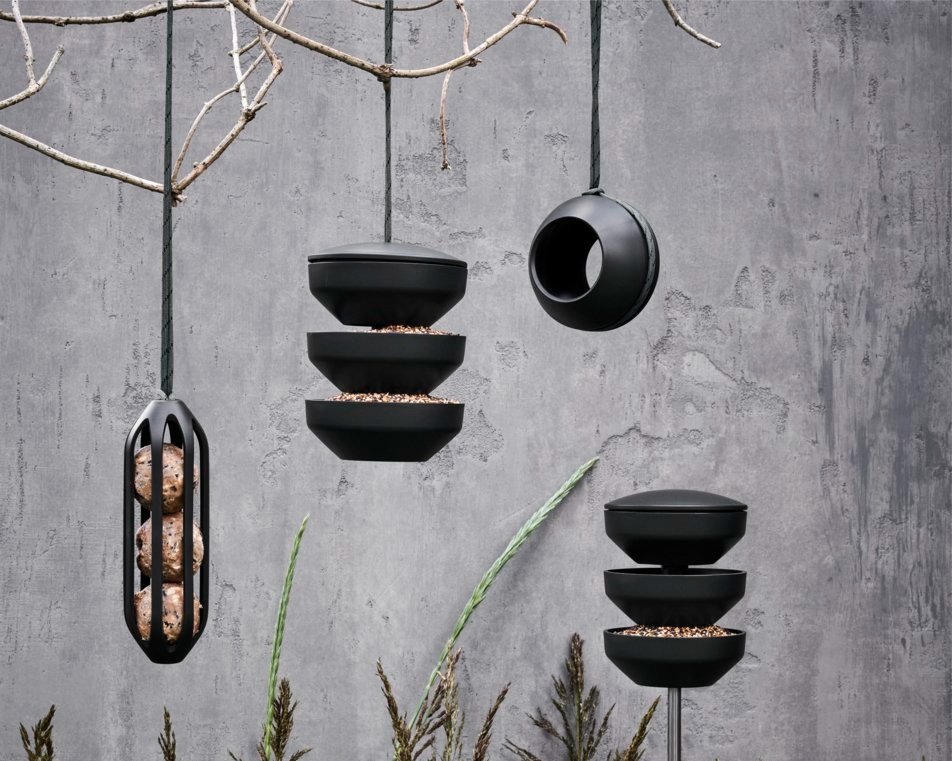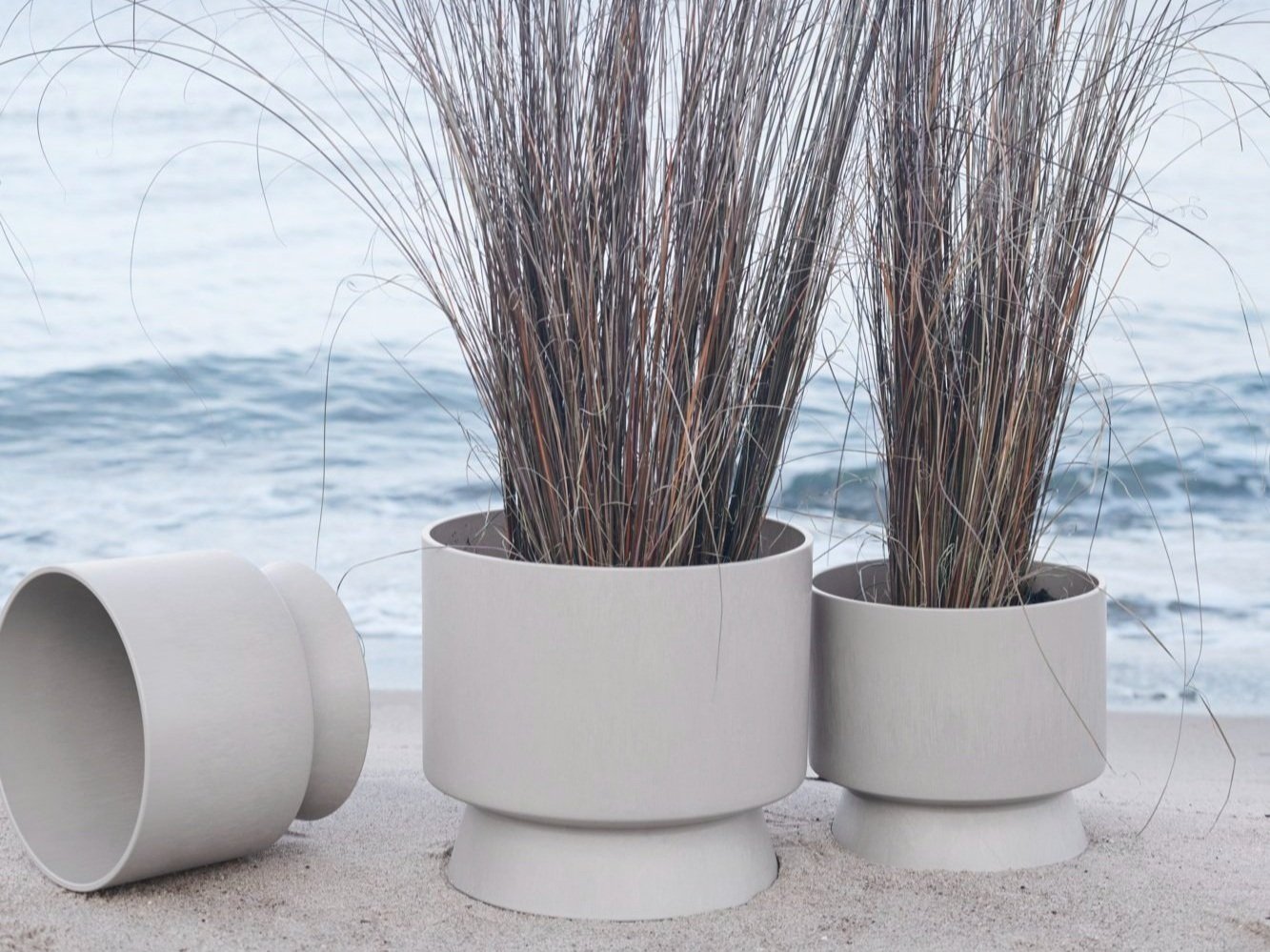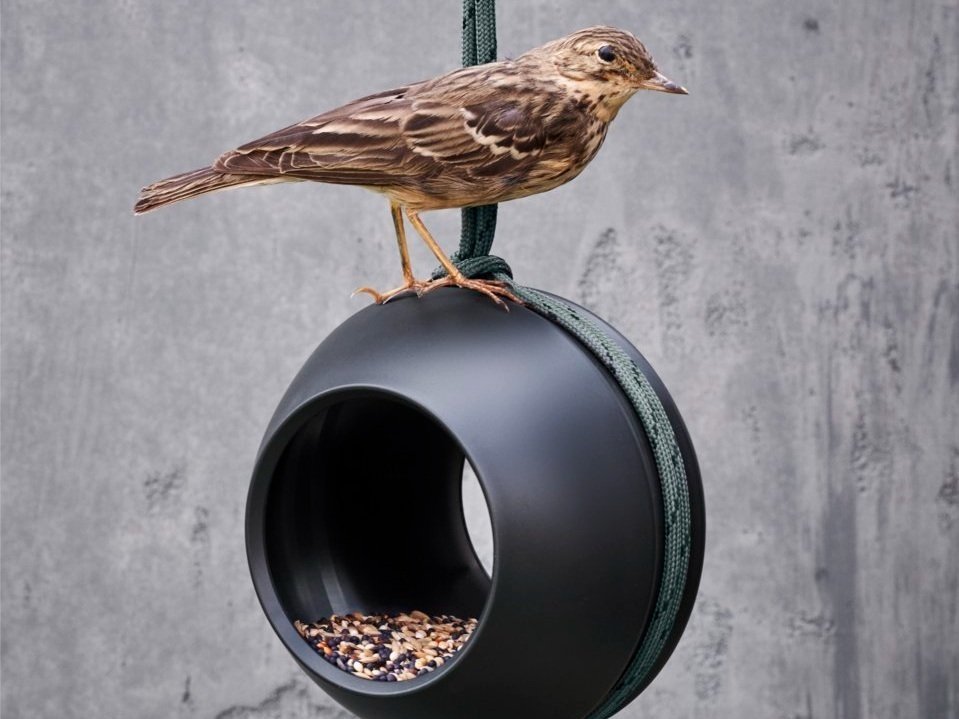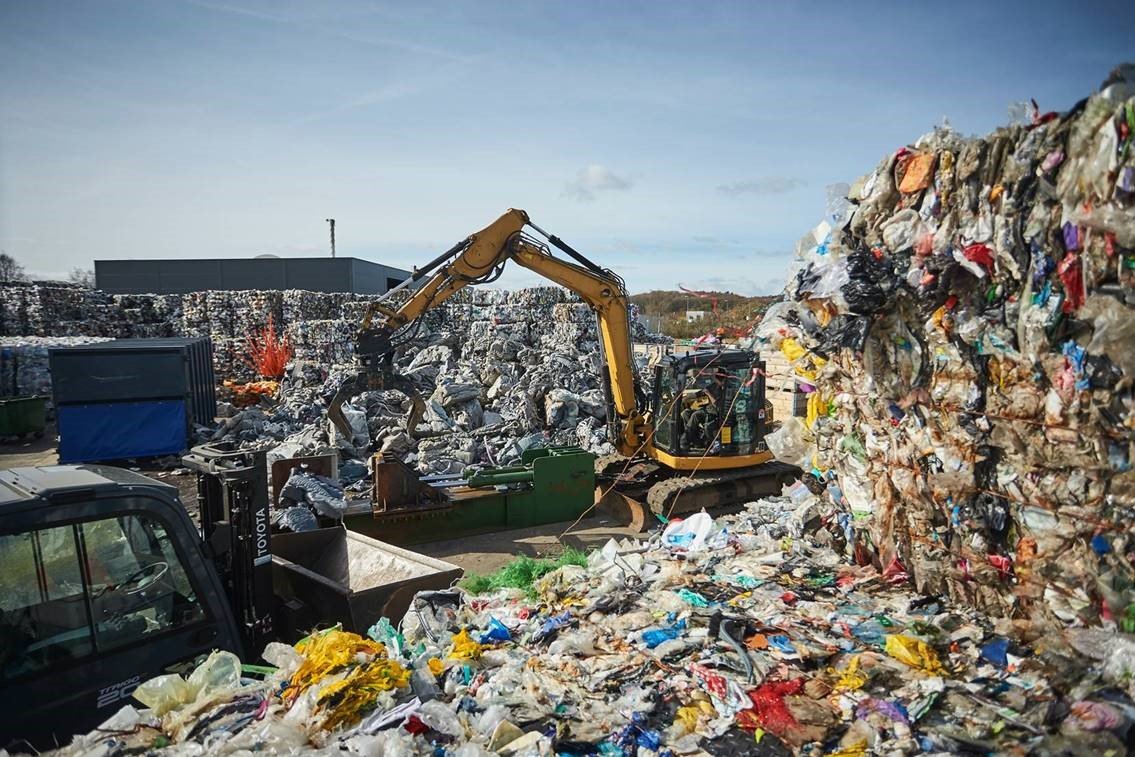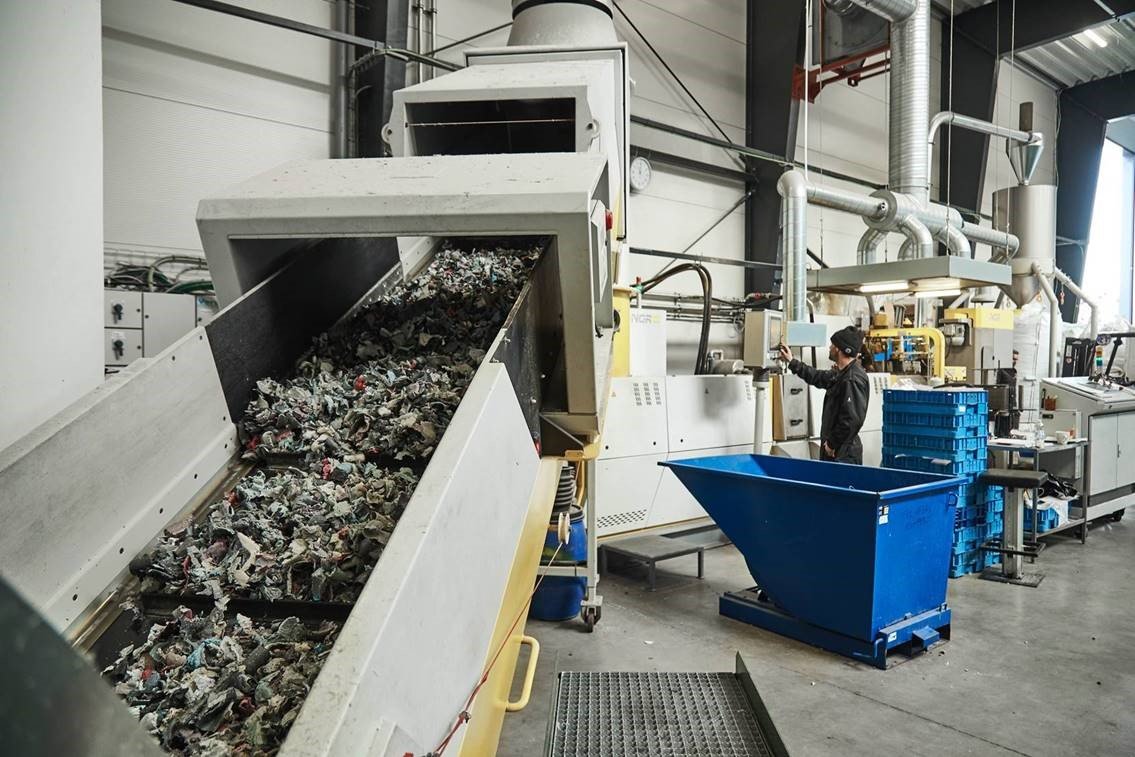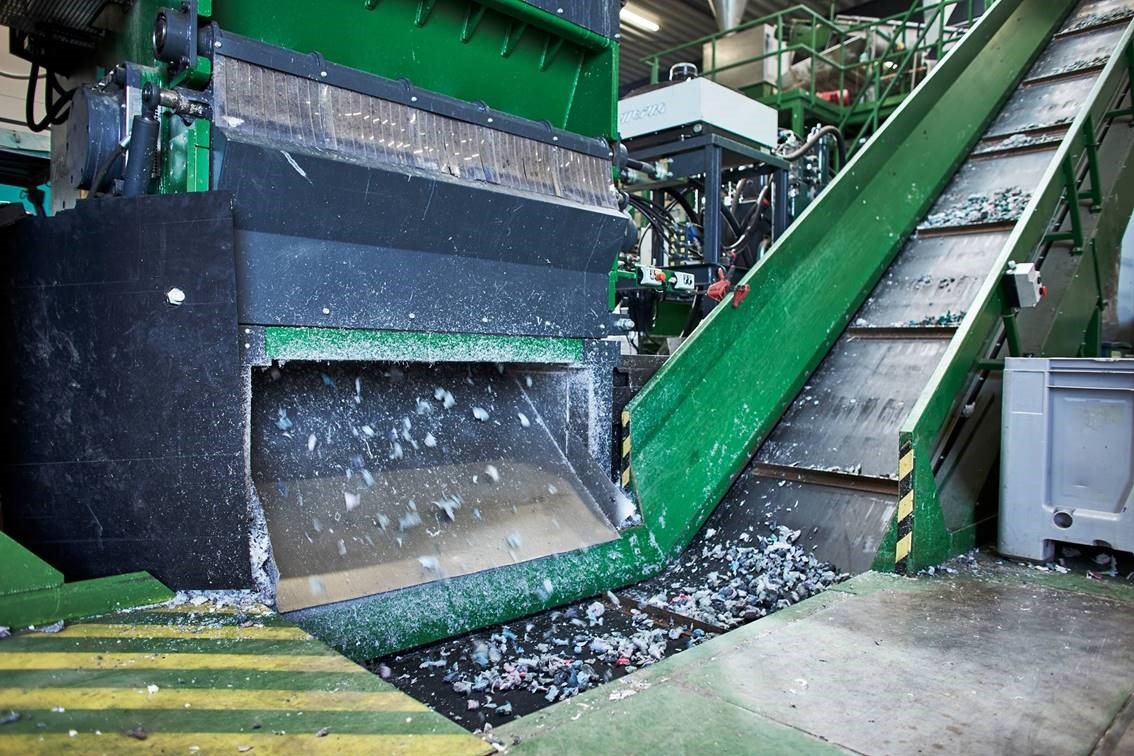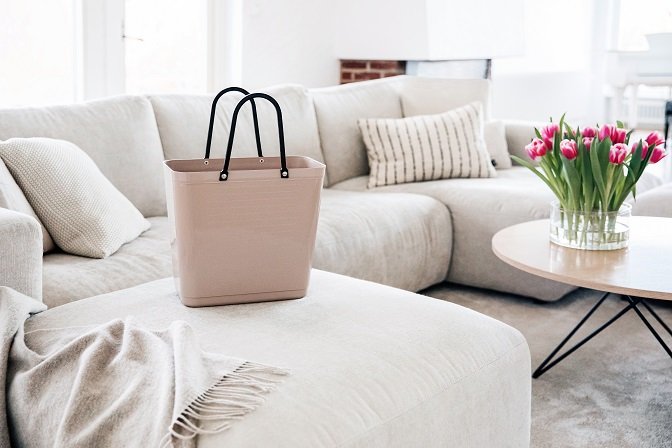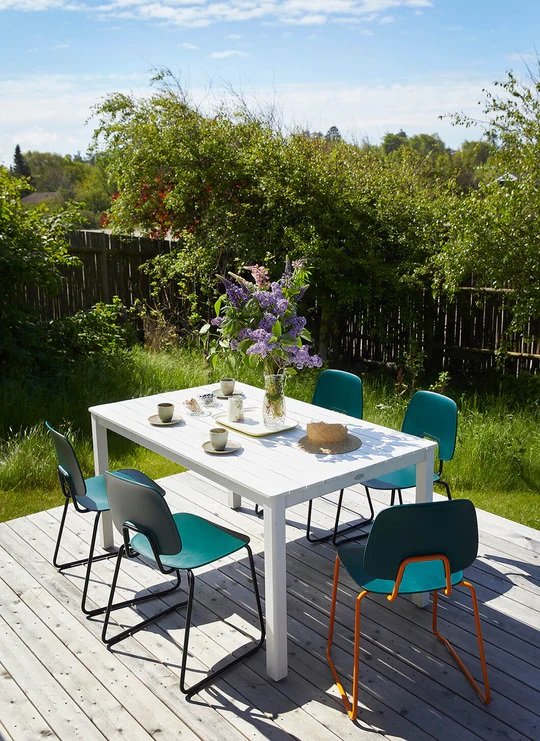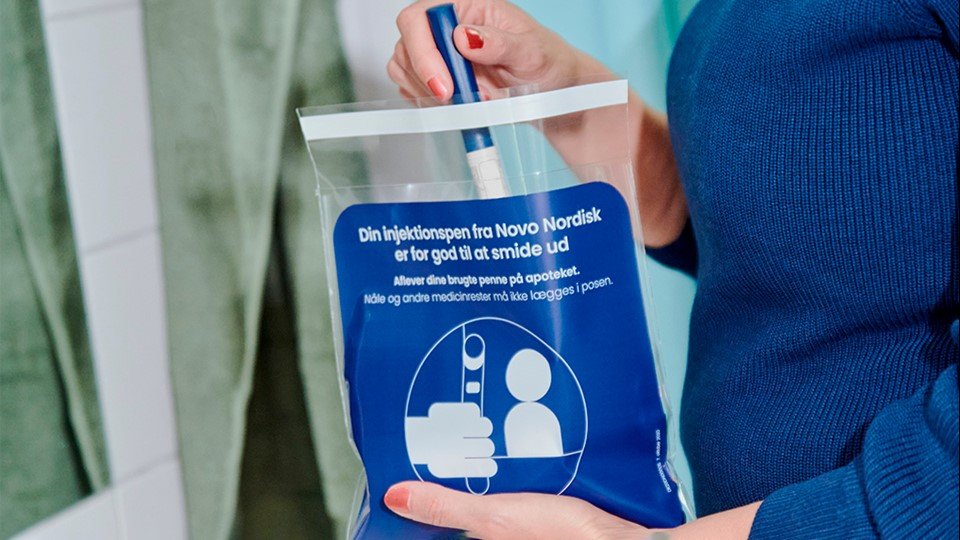Case: Bird Feeder & Flower Pots
Recycled Birds Feeder & Flower Pots
Rosendahl Design Group in cooperation with SP Moulding
Plastic Recycling
Disse urtepotter og Bird Feeders er designet af Signe Wenneberg som et led at udvikle mere ansvarligt producerede produkter og mindske aftryk på miljøet. Birds er fremstillet i Danmark af genanvendt plast indsamlet fra danske husholdninger, forarbejdet og produceret i Danmark.
Rosendahl Birds er dansk design, udviklet i samarbejde med Signe Wenneberg og produceret hos SP Moulding i Juelsminde. Produkterne er produceret af plast fra husholdningsaffald, indsamlet hos forbrugere i Randers, hvorefter det er forarbejdet hos Dansk Affaldsminimering.
Dansk Affaldsminimering oplyser at deres flakes samt pellets erstatter jomfruelig PP. Det vil sige, at hver gang at der genanvendes plastik fra husholdningsaffald, så spares produktionen af af ny plastik. Til produktionen af plastik bruges der energi, og der udledes CO2.
Beregningen er baseret på Bæredygtig Bundlinje Måleværktøjet og at den producerede plastik erstatter jomfruelig PP. Hvis man genanvender PP i stedet for at afbrænde det, så sparer man miljøet for 2,35 kg CO2. Dansk Affaldsminimering bruger ca. 0,66 kWh/kg plastik pellets. De 0,66 kWh svarer til en udledning på 0,16 kg CO2. Derved spares der ca. 2,19 kg CO2 når man fortrængerproduktionen af 1 kg jomfrueligt PP og ikke brænder plasten af.
Plastik transporteres også vanligvis over store afstande. Dette bidrag er dog ikke medregnet.
Links:
Carmo supplies 10 tons of surplus plastic material each year to the Swedish bag manufacturer Hinza that transforms the material into designer bags. When Hinza uses the 10 tons of plastic each year, the recycling corresponds to a saving of approximately 22,000 kilos of emitted CO2 compared to if the material had been burned as waste material.
Stolen ”R.U.M” – som står for ReUsed Materials - fås i tre varianter, hvor råmaterialet til stolen enten er plast fra elektronikaffald, fiskenet fundet i havet eller et mix af fiskenet og Carlsbergs ølfustager.
Disposable medical devices from a growing network of Belgian hospitals are turned into aesthetic and long-lasting wall covering for healthcare facilities.
Bug Bite Thing® is made from PE and the product is re-usable. The company provides life-long guarantee which is part of their sustainability vision.
The big challenge in hospitals and clinics all over the world is how to fixate the biopsy in formalin without exposure to spillage or vapour. Formaldehyde is a known human carcinogen which affects health in many nega-tive ways. Either when a person is exposed directly or through inhalation. Long term exposure to formaldehyde has been proven to be associated with an in-creased risk of cancer of the nose, nasopharyngeal and lung cancer.
Droneholdet har udviklet den første ”blended-box wing” drone. med et specielt vingedesign, som er udviklet for at gøre fly mere energieffektive. Konstruktionen af vingerne gør, at flyet bruger mindre energi på at holde sig flyvende.
Offshore wind energy is an important source of renewable energy. Decommissioned Vindeby blades were adopted by Technical University of Denmark, DTU Wind, and are currently used in ongoing project activity investigating the fibre-reinforced composite structures.
Giv nyt liv til dine injektionspenne fra Novo Nordisk, Lilly, Sanofi og Merck. Tag dine brugte penne med på apoteket eller din fertilitetsklinik. Materialerne får herefter nyt liv frem for at ende som affald.
The bio garage set is developed and produced to ensure the future growth of sustainable plastic products with focus on sustainable materials, production, play and learn, recycled to become a new item again. The raw material is renewable and made from residuals of the sugarcane production.
All LifeStraw products start with advanced hollow fiber membrane technology. Picture bundles of straws with microscopic holes in them, so small that organisms like bacteria, parasites, and even dirt and microplastics cannot pass through. Think of a super advanced spaghetti strainer or tea sieve.
